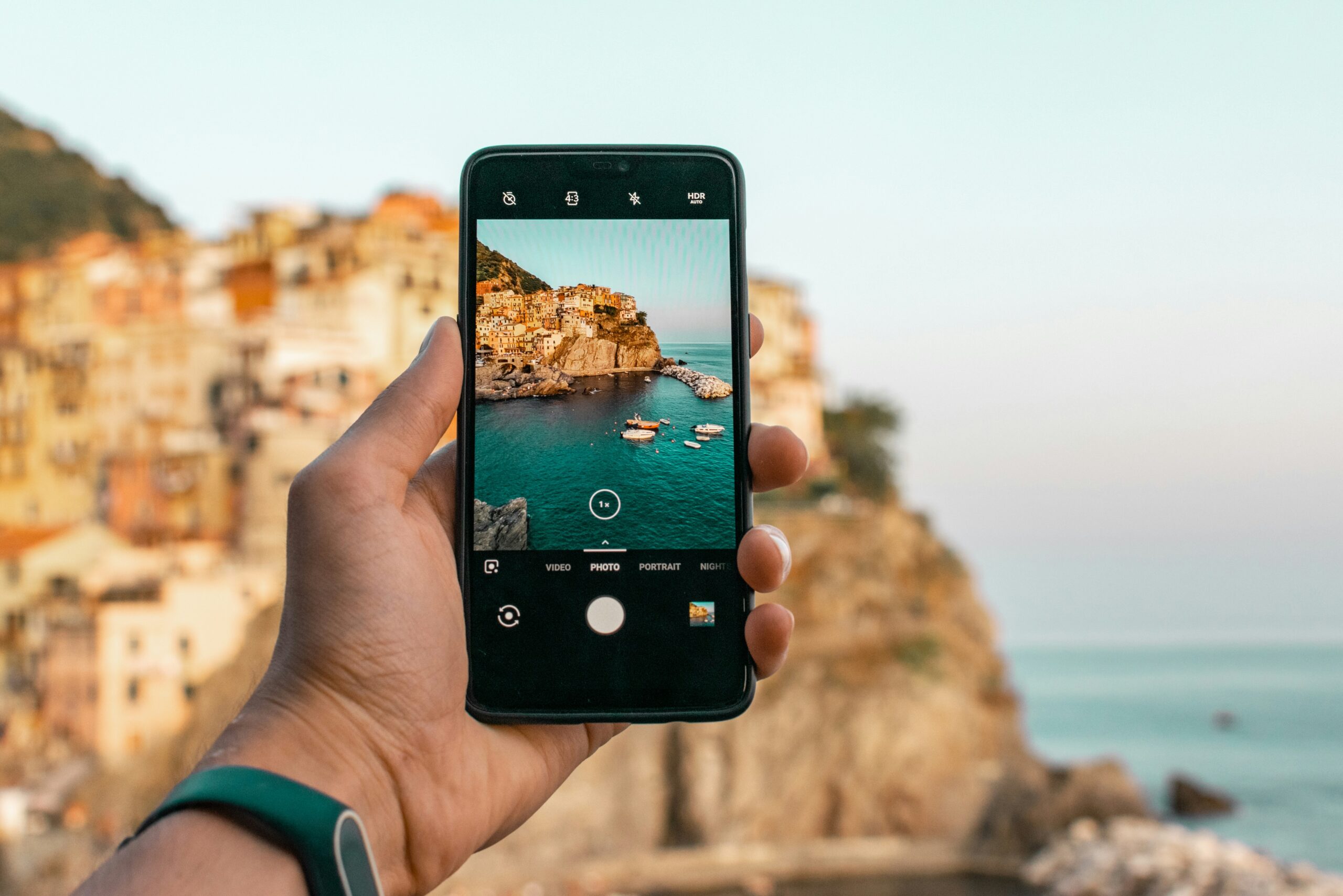Mobile photography has transformed from a casual hobby into a powerful creative medium. Thanks to advancements in artificial intelligence (AI), today’s smartphones come equipped with cameras that rival professional DSLRs in many everyday scenarios. From enhancing low-light images to suggesting ideal compositions, AI is now at the heart of every great smartphone shot.
In this guide, we’ll explore how AI is revolutionizing mobile photography, what features to look for in your next AI-powered phone, and how you can make the most of these tools to elevate your visual storytelling.

How AI Enhances Smartphone Photography
AI in mobile cameras is more than just a marketing buzzword — it’s a suite of technologies working behind the scenes to analyze scenes, improve image quality, and automate complex photography techniques.
Key ways AI enhances your photos:
- Scene Recognition: Instantly detects what you’re shooting (e.g., food, landscape, portrait) and adjusts settings accordingly.
- Night Mode: AI stacks multiple exposures to brighten low-light images without sacrificing detail.
- Portrait Mode: Smart edge detection blurs the background while keeping subjects crisp and well-defined.
- Real-Time Enhancements: AI applies sharpening, color balancing, and exposure adjustments automatically.
- Object Removal and Magic Eraser: Some phones now use AI to remove distractions from your photos with a simple tap.
These features allow even casual users to produce professional-looking results without any post-processing.
Why It’s Changing the Game
AI cameras reduce the technical barrier to great photography. You no longer need to understand ISO, aperture, or shutter speed to capture stunning images. Instead, the camera learns from millions of data points — and even your past shots — to deliver optimized results instantly.
For example, Google’s Pixel phones and Apple’s iPhones now rely heavily on AI to produce vibrant, detail-rich photos. Whether you’re shooting sunsets, pets, or fast-moving kids, AI ensures each shot is clean, stable, and share-ready.
AI Camera Features You Should Know
Not all AI implementations are equal. When choosing a smartphone with AI-enhanced photography, look for the following key features:
| Feature | What It Does |
|---|---|
| Computational Photography | Combines multiple frames to improve quality and reduce noise |
| AI-Based Autofocus | Automatically tracks moving subjects with high precision |
| Smart HDR | Balances highlights and shadows in high-contrast environments |
| AI Scene Optimization | Identifies up to 30+ scene types and applies ideal filters |
| AI Video Stabilization | Reduces shakiness for smoother videos |
| Depth Mapping | Enables realistic bokeh in both front and rear camera shots |
| Face and Eye Tracking | Keeps subjects in focus, even while moving |
Manufacturers like Samsung, Apple, Google, Xiaomi, and Huawei lead the charge in these innovations.
Use Case: Travel Photography Made Easy
AI cameras are particularly valuable when traveling. Imagine you’re exploring a scenic destination, and you want to capture everything from bright daylight landscapes to dimly lit restaurants. AI adjusts instantly — boosting clarity in sunlight or enhancing shadows at night — all without requiring manual controls.
Use Case Tip: Many AI cameras now offer suggestions in real time, like “Try Portrait Mode” or “Lens Flare Detected,” helping you capture the best shot in any condition.
Real-World Applications of AI in Mobile Photography
Whether you’re a hobbyist or content creator, AI tools make your workflow more efficient:
- Influencers: AI beauty filters and skin tone enhancements optimize selfies for social sharing.
- Food Bloggers: Scene detection sharpens textures and boosts saturation for appealing food shots.
- Parents: Real-time face tracking ensures moving children stay in focus.
- Vloggers: Built-in AI video tools reduce noise, improve exposure, and stabilize handheld shots.
The Future of AI in Mobile Photography
The next wave of smartphone cameras will go beyond passive enhancements. Expect more features like:
- Personalized AI Filters: Trained on your aesthetic preferences.
- 3D Depth Mapping: Enabling advanced AR and post-editing capabilities.
- Voice-Controlled Composition Suggestions: AI will suggest angles and guides in real-time via voice prompts.
- AI-Generated Edits: Smart cropping, background swaps, and lighting adjustments based on your creative goals.
As chipsets get more powerful and AI models grow smarter, your smartphone will soon become not just a camera — but a creative assistant.
Tips to Maximize Your AI Camera Experience
Even with all this technology, a few practical tips can help you take your AI photography to the next level:
- Clean Your Lens: AI can’t correct smudges. Wipe your lens before every shoot.
- Tap to Focus: Override auto-focus when necessary to ensure key subjects are sharp.
- Experiment with Modes: Explore night, portrait, and manual modes to understand their strengths.
- Use Gridlines: Help the AI with better composition and horizon alignment.
- Update Your Software: Firmware updates often include improved AI algorithms.
Final Thoughts
AI-powered cameras are redefining what’s possible with smartphone photography. Whether you’re an amateur shooter or a content creator, the technology is here to help you capture better moments — effortlessly and intelligently. As AI continues to evolve, so will the quality and creativity of mobile imagery.
The only limit now? Your imagination.


Leave a Reply